
Find Help
More Items From Ergsy search
-

What are some common therapies for autism?
Relevance: 100%
-

What is Autism?
Relevance: 77%
-

What is the autism spectrum?
Relevance: 74%
-
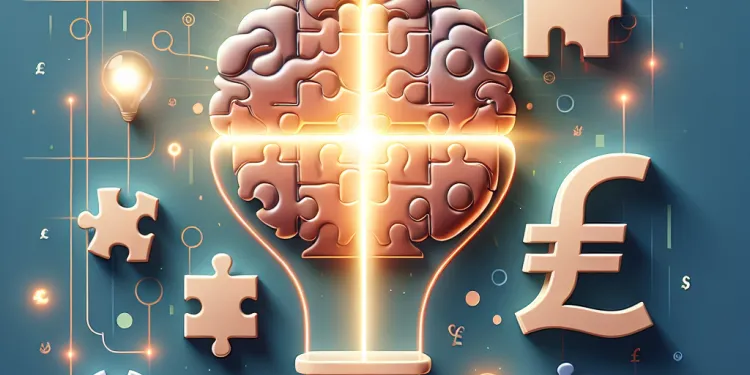
Can autism be cured?
Relevance: 74%
-

Is there an autism test?
Relevance: 73%
-

Autism: Graeme's story | NHS
Relevance: 72%
-

Autism - My Story - Adrian | NHS
Relevance: 70%
-
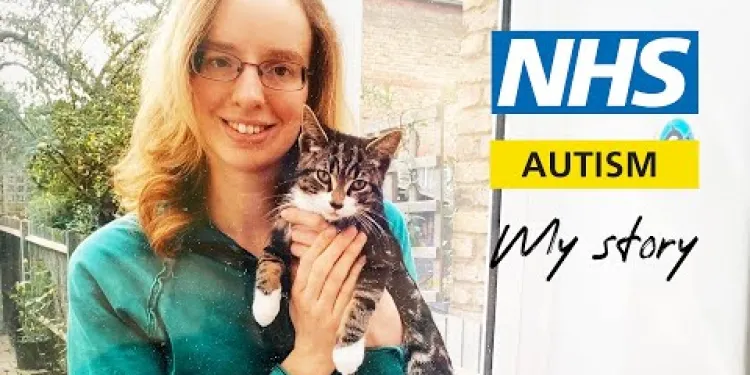
Autism - My Story - Rosalind | NHS
Relevance: 68%
-
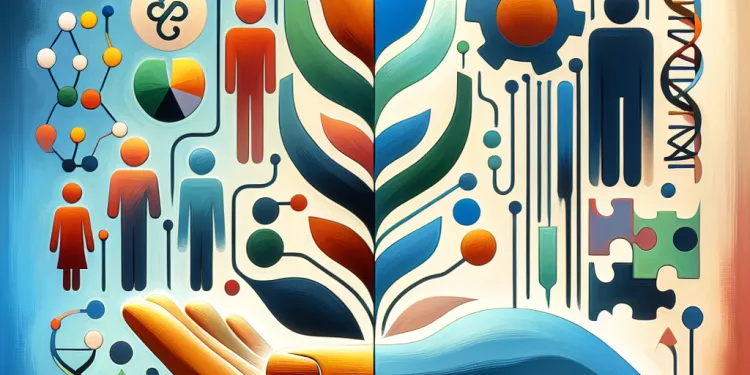
Is there a genetic component to autism?
Relevance: 67%
-

What causes autism?
Relevance: 67%
-
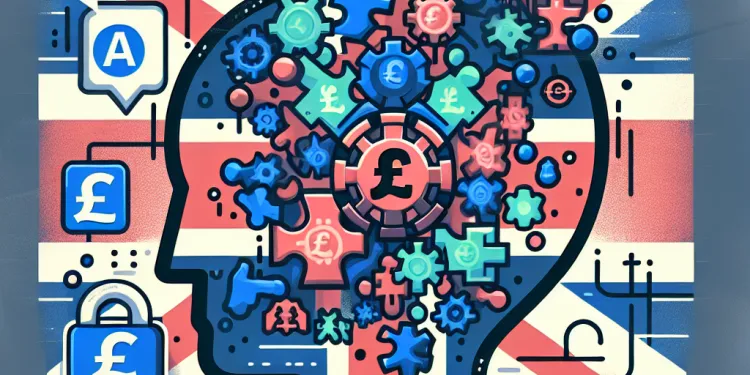
Can adults have autism?
Relevance: 66%
-
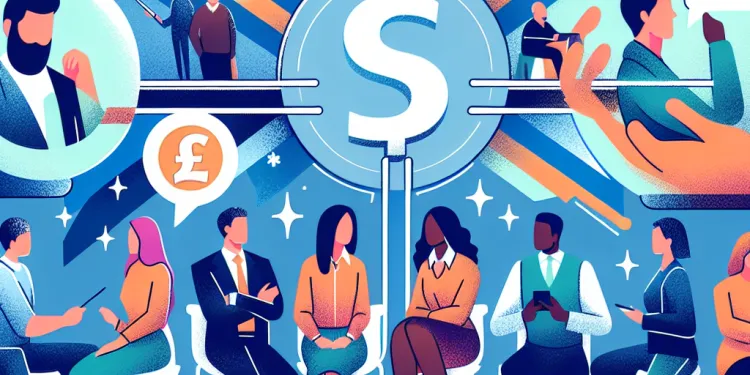
How does autism affect communication?
Relevance: 65%
-
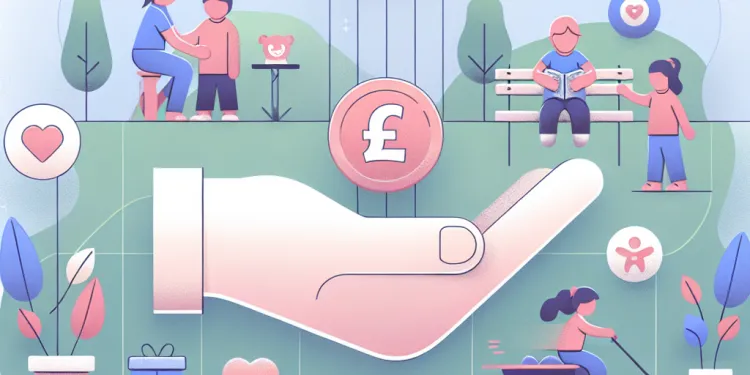
How can early intervention help children with autism?
Relevance: 65%
-

How is autism diagnosed?
Relevance: 64%
-

How prevalent is autism?
Relevance: 63%
-

What role do sensory issues play in autism?
Relevance: 62%
-
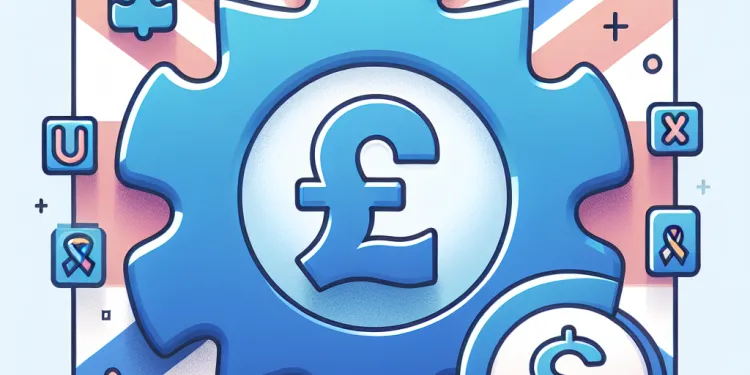
What are the signs of autism?
Relevance: 62%
-

How can families support a member with autism?
Relevance: 62%
-

Is paracetamol linked to autism?
Relevance: 62%
-

Are vaccines linked to autism?
Relevance: 62%
-
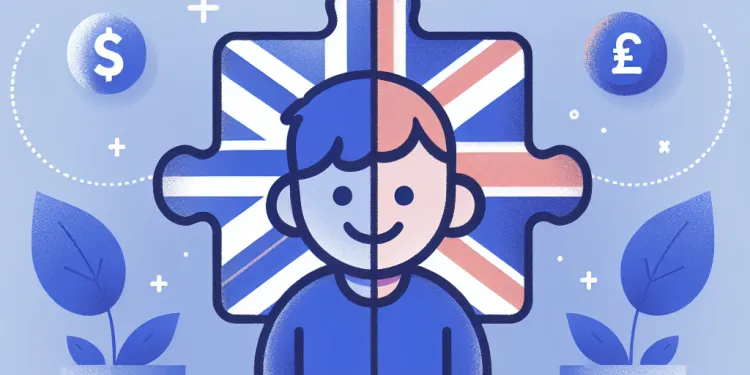
What is the difference between autism and Asperger's syndrome?
Relevance: 60%
-

Autism Assessment - What Happens in Your Appointment
Relevance: 59%
-
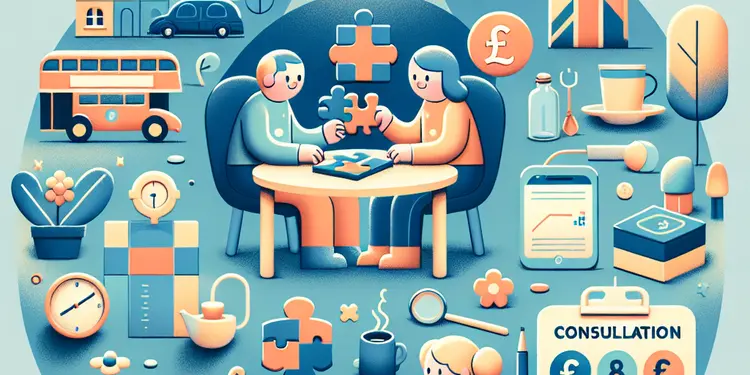
What advice is available for parents concerned about autism risks?
Relevance: 59%
-
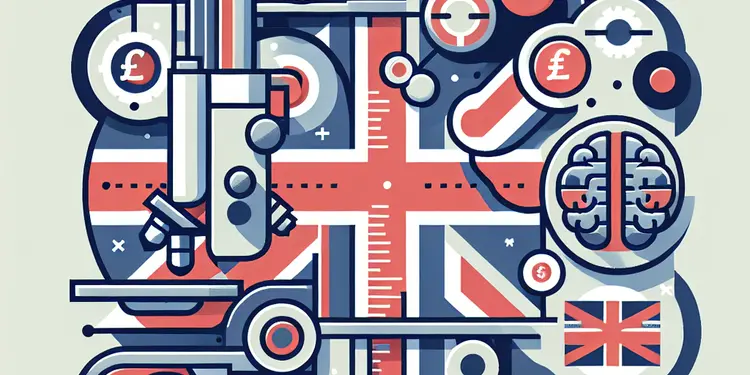
What can cause autism, if not paracetamol?
Relevance: 59%
-
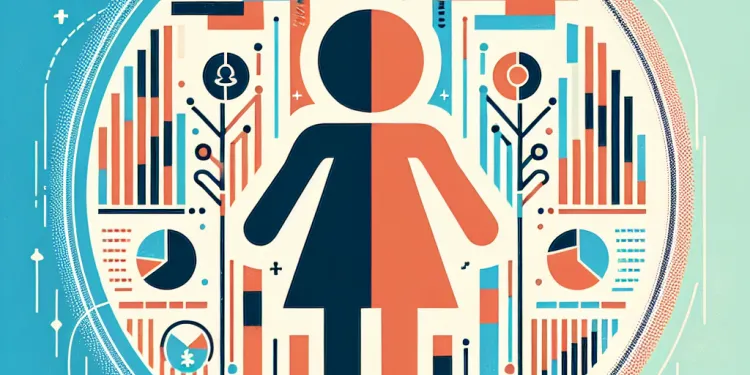
Is autism more common in boys or girls?
Relevance: 58%
-
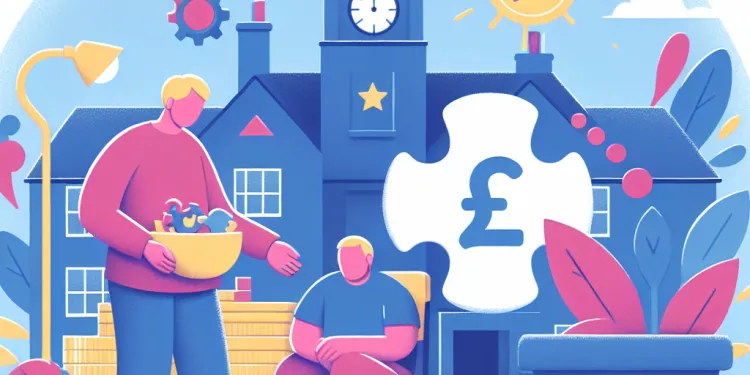
Can people with autism lead independent lives?
Relevance: 56%
-

Is there any scientific evidence that links paracetamol use to autism?
Relevance: 53%
-

The NHS Long Term Plan for learning disability and autism
Relevance: 53%
-

Why is there concern about paracetamol and autism?
Relevance: 52%
-

Is there any risk of using paracetamol outside of pregnancy with regard to autism?
Relevance: 52%
-

What kind of studies are conducted to investigate links between medications and autism?
Relevance: 51%
-

What is radiation therapy?
Relevance: 48%
-
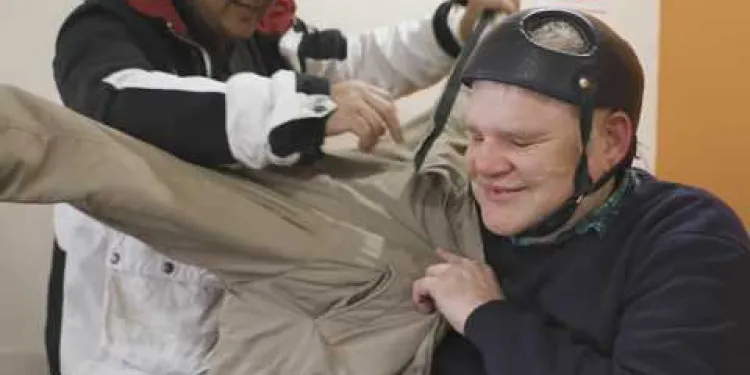
Transforming Care for people with Learning Disabilities and/ or Autism: Peter's Story
Relevance: 46%
-
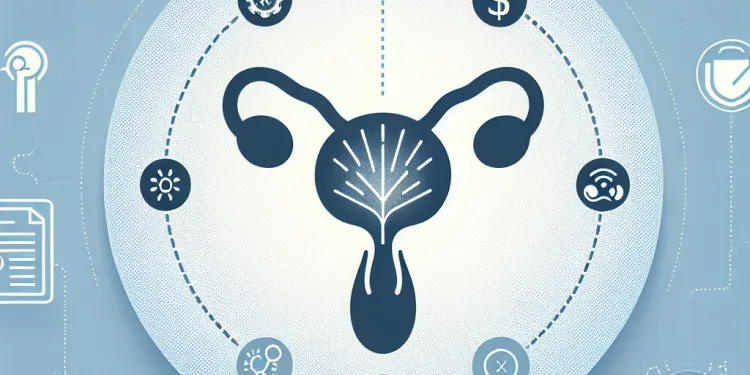
Hormone Therapy for prostate cancer
Relevance: 45%
-

Plantar Fascia Cold Therapy
Relevance: 45%
-

What is ketamine infusion therapy?
Relevance: 44%
-

Adam's story on stammering - Therapy
Relevance: 44%
-

Will's story on having therapy - Stammering
Relevance: 44%
-

What is antiretroviral therapy (ART)?
Relevance: 43%
-

Is focal therapy an option for prostate cancer?
Relevance: 43%
Common Therapies for Autism
Autism spectrum disorder (ASD) is a developmental condition that affects communication, social interaction, and behaviour. While there is no cure for autism, there are several therapies that can help individuals manage symptoms and improve quality of life. These therapies are tailored to meet the individual needs of each person with autism. Here are some common therapies used in the UK.
Behavioural Therapy
Behavioural therapy is one of the most widely used approaches for helping individuals with autism. Applied Behaviour Analysis (ABA) is a popular method that focuses on improving specific behaviours such as communication, social skills, and academics, while minimising behaviours that interfere with learning. ABA uses positive reinforcement to encourage desired behaviours and is often implemented one-on-one with a therapist.
Speech and Language Therapy
Many individuals with autism face challenges with communication, whether it's verbal, non-verbal, or both. Speech and language therapy helps individuals develop communication skills essential for daily interactions. Therapists work on aspects such as articulation, fluency, and understanding verbal and non-verbal communication. These skills are fundamental for enhancing an individual's ability to express themselves and understand others.
Occupational Therapy
Occupational therapy aims to assist individuals with autism in developing the skills necessary for daily living. This includes improving fine motor skills, sensory integration, and basic self-care tasks like dressing and eating. Occupational therapists often create personalised plans to help individuals gain independence and participate in a variety of activities, both at home and in educational settings.
Social Skills Training
Social skills training is crucial for individuals with autism who may find social interactions challenging. These sessions focus on teaching skills such as understanding social cues, taking turns, and maintaining a conversation. Group settings often provide real-life practice in navigating various social situations, which can substantially boost confidence and social competence.
Cognitive Behavioural Therapy (CBT)
Cognitive Behavioural Therapy (CBT) is particularly beneficial for individuals with autism who also experience anxiety or depression. CBT helps individuals understand and change patterns of thinking and behaviour that may be problematic. This therapy focuses on developing coping strategies, reducing anxiety, and improving overall emotional regulation, thus enhancing an individual's ability to engage successfully in social and personal environments.
Conclusion
Early intervention with appropriate therapies can significantly impact the development and quality of life for those with autism. Parents and caregivers are encouraged to work closely with healthcare providers to develop a comprehensive plan tailored to the individual's specific needs. By utilising a combination of these therapies, individuals with autism can achieve greater independence and lead more fulfilling lives.
Common Therapies for Autism
Autism is a condition that makes talking, being with others, and behaving in usual ways hard. There is no cure, but there are therapies that help. These therapies are special for each person with autism. Here are some therapies used a lot in the UK.
Behavioural Therapy
Behavioural therapy helps people with autism learn better. One type is called ABA. It helps with talking, making friends, and doing schoolwork. It also helps stop behaviours that are not good for learning. ABA uses rewards to encourage good behaviour and is usually done with a therapist one-on-one.
Speech and Language Therapy
Many people with autism find talking or understanding hard. Speech therapy helps with talking and understanding words and actions without words. This therapy is important for helping people say what they want and know what others mean.
Occupational Therapy
Occupational therapy helps people with autism learn everyday skills. This includes skills like holding a pencil, handling different sensations, getting dressed, and eating. Therapists make special plans to help each person become more independent at home and school.
Social Skills Training
Social skills training helps people with autism interact with others. It teaches how to read social cues, take turns, and talk in conversations. Practicing with groups helps people become more confident and better at making friends.
Cognitive Behavioural Therapy (CBT)
CBT is good for people with autism who also feel anxious or sad. It helps change unhelpful thoughts and actions. This therapy teaches ways to handle worries, feel less anxious, and control feelings better. It helps in making friends and handling emotions.
Conclusion
Starting therapies early helps a lot. Parents and caregivers should work with doctors to find the best plan for each person. Using these therapies, people with autism can be more independent and have happier lives.
Frequently Asked Questions
What is Applied Behavior Analysis (ABA) therapy?
ABA therapy is a widely used approach that focuses on improving specific behaviors, such as social skills, communication, and academics, through reinforcement strategies.
How does Occupational Therapy help individuals with autism?
Occupational Therapy helps individuals with autism to develop daily living skills, improve sensory processing, and enhance motor skills, focusing on increased independence.
What role does Speech Therapy play in treating autism?
Speech Therapy assists individuals with autism in improving their verbal and non-verbal communication skills, including language development and social communication.
Is Cognitive Behavioral Therapy (CBT) effective for individuals with autism?
CBT can be effective in helping individuals with autism to manage anxiety, depression, and other emotional challenges by teaching them coping strategies and changing negative thought patterns.
What is Social Skills Training for autism?
Social Skills Training focuses on teaching individuals with autism how to interact socially, understand social cues, and engage in appropriate social behaviors.
Can Play Therapy benefit children with autism?
Yes, Play Therapy can help children with autism express themselves, improve social interactions, and develop emotional regulation through guided play.
How does Sensory Integration Therapy work?
Sensory Integration Therapy aims to help individuals with autism process and respond to sensory information, improving their ability to participate in daily activities.
What is TEACCH program for autism?
The TEACCH program is a structured teaching approach that provides individuals with autism with visual schedules and environments, facilitating better understanding and learning.
Is music therapy beneficial for individuals with autism?
Music Therapy can be beneficial for individuals with autism by providing a non-verbal way to communicate, enhance social interaction, and improve emotional expression.
What is DIR/Floortime therapy?
DIR/Floortime is a child-led, play-based therapy that emphasizes emotional and relational development by engaging children in interactive play.
How can Pivotal Response Treatment (PRT) help individuals with autism?
PRT focuses on developing pivotal areas such as motivation and self-management, often improving language, social, and communication skills in individuals with autism.
What is Relationship Development Intervention (RDI)?
RDI is a family-based, behavioral treatment that focuses on building social skills by developing emotional bonds between individuals with autism and their caregivers.
How does Early Start Denver Model (ESDM) support young children with autism?
ESDM is an early intervention program designed to improve language, cognitive, and social skills in young children with autism through play-based activities.
Is animal-assisted therapy effective for autism?
Animal-assisted therapy can be effective in improving social interaction, reducing anxiety, and promoting positive behaviors in individuals with autism through the interaction with animals.
What is the role of art therapy in autism treatment?
Art Therapy provides a creative outlet for individuals with autism to express their emotions, improve communication, and develop motor skills.
What are the benefits of group therapy for individuals with autism?
Group Therapy can provide individuals with autism a safe environment to practice social skills, enhance communication, and form relationships with peers.
How does auditory integration training help with autism?
Auditory Integration Training aims to help individuals with autism improve their listening and concentration skills by gradually modifying the way they process sounds.
What is the importance of family involvement in autism therapy?
Family involvement is crucial in autism therapy as it helps reinforce learning, provides emotional support, and strengthens the overall impact of therapeutic interventions.
Can nutritional therapy aid in the management of autism symptoms?
Some families explore nutritional therapy to address certain autism symptoms by identifying and eliminating food sensitivities, though scientific evidence varies.
What is the impact of mindfulness and relaxation techniques on individuals with autism?
Mindfulness and relaxation techniques can help individuals with autism manage stress, increase self-awareness, and improve emotional regulation.
What is Applied Behavior Analysis (ABA) therapy?
Applied Behavior Analysis, or ABA, is a way to help people learn good behaviors. It can help children and adults learn new skills. ABA can be used at home, school, or anywhere. A therapist helps people practice and get better at things like talking or playing. ABA is very helpful for many people. Support tools, like picture cards or simple charts, can help understand and follow ABA steps more easily.
ABA therapy helps people get better at certain things like talking, making friends, and learning in school. It uses rewards to make these skills stronger.
How does Occupational Therapy help people with autism?
Occupational Therapy, or OT, helps people with autism in many ways. It can teach skills for everyday life, like dressing, eating, and playing. Therapists can use fun games to help improve body movement and coordination.
OT can also help with sensory issues. Some people with autism might not like loud noises or bright lights. Therapists can teach ways to handle these feelings.
Occupational Therapy can support learning social skills too. Therapists can use role-playing and practice conversations, which can make talking to others easier.
Supportive tools include simple visual aids, like pictures and charts. These help explain tasks step-by-step. A calendar with symbols can also help manage daily routines.
Remember, OT is different for everyone. Therapists make a plan that fits well with each person’s needs.
Occupational Therapy helps people with autism. It teaches everyday skills. It also helps with senses and movement. This makes people more independent.
How can Speech Therapy help kids with autism?
Speech Therapy helps kids with autism learn to talk and listen better. It teaches ways to say words clearly and understand others. It can help with both talking and using signs or pictures to communicate. Using pictures, storybooks, and games can make learning fun!
Speech Therapy helps people with autism talk and communicate better. It helps them with words and talking to others.
Does CBT Help People with Autism?
CBT is a talking therapy.
It helps people change how they think and act.
CBT can help some people with autism.
It can help with feelings and stress.
Ask a doctor for advice.
Use pictures or videos to understand better.
CBT can help people with autism feel better when they are worried or sad. It teaches them ways to solve problems and change any bad thoughts to good ones.
What is Social Skills Training for autism?
Social skills training helps people with autism learn how to talk and play with others. It teaches ways to understand feelings and make friends.
These skills are important for school, work, and daily life. People can learn them through fun games and practice.
Tools like pictures and videos can help. A helper or teacher shows how to do things and gives feedback.
Social Skills Training helps people with autism learn how to talk and play with others. It teaches them how to understand what people mean by their words and actions, and how to act in the right way when with other people.
Is Play Therapy good for children with autism?
Play Therapy can help children with autism. It uses fun activities to help kids express feelings. This can help them talk and understand better.
Try these helpful tools:
- Visual Cards: Use pictures to show feelings or actions.
- Simple Games: Play games that help kids learn and practice social skills.
- Routine: Keep activities the same each time to make kids feel safe.
Yes, Play Therapy can help kids with autism. It helps them talk about their feelings, get along with others, and manage their emotions by playing games with a helper.
Tools like picture cards or story-telling can also be useful.
What is Sensory Integration Therapy and how does it work?
Sensory Integration Therapy helps people when their senses bother them. This can mean things like sounds, lights, or touch make them feel upset or confused.
The therapy uses fun activities to help. These activities might include playing with different textures, balancing on boards, or swinging on swings.
The goal is to help the brain understand these things better, so people feel more comfortable.
Using tools like fidget toys and noise-canceling headphones can also help during therapy.
Sensory Integration Therapy is a way to help people with autism. It helps them understand and react to things they feel, see, or hear. This can make it easier for them to do things every day.
What is the TEACCH program for autism?
The TEACCH program helps people with autism. It shows them how to learn better. The program uses simple steps and clear routines. This helps make learning easier.
The TEACCH program uses pictures and schedules to help understand what will happen next. This helps people know what to expect and feel safe.
Some tools that help are picture cards and storyboards. These pictures show what to do step by step.
TEACCH helps people with autism learn skills to live and work. It helps them be more independent and feel good about what they do.
The TEACCH program helps people with autism. It uses pictures and schedules to make learning easier.
Can music therapy help people with autism?
Music therapy can help people with autism. It uses music to talk without words, make friends, and show feelings better.
What is DIR/Floortime therapy?
DIR/Floortime is a kind of play therapy. It helps children learn and grow. Everyone can join in the play, like parents or teachers.
DIR stands for Developmental, Individual-differences, Relationship-based. This means it looks at how kids grow, how they are different, and how they connect with others.
During Floortime, you get down on the floor with the child. You play and follow what the child wants to do. This helps them feel safe and learn better.
Using pictures or simple words can help understand the activities. Playing soft music or using toys can make it more fun.
DIR/Floortime is a special way to help children learn and grow. It uses fun and play to help kids with their feelings and making friends. In this therapy, kids choose what to play with and grown-ups join in to help them learn.
How can Pivotal Response Treatment (PRT) help people with autism?
Pivotal Response Treatment (PRT) is a way to help kids with autism learn. It makes learning fun and uses things they like.
Here’s how PRT can help:
- PRT helps kids talk more and use words.
- PRT helps kids play with others and make friends.
- PRT helps kids do well at school.
- It helps kids feel OK with changes, like trying new things.
Parents and teachers can help use PRT. There are fun games and activities.
Tools that can help:
- Picture cards can help kids understand words.
- Songs and videos make learning fun.
- Reward charts show when kids do well.
PRT helps kids learn and grow in a fun way!
PRT is a way to help people with autism. It helps them get better at important skills like wanting to learn and doing things by themselves. This can make talking, being with others, and sharing ideas better.
What is Relationship Development Intervention (RDI)?
Relationship Development Intervention, or RDI for short, is a way to help people learn to have better relationships with others. It helps people understand feelings, talk to others, and make friends.
If you want to learn more about how RDI can help you or someone you know, you might like to use pictures or videos. These can show how people talk and share feelings.
Sometimes, it can help to work with a teacher or someone who knows about RDI. They can give tips and help practice talking and sharing with others.
RDI helps families. It is a way to teach social skills. It helps people with autism connect and feel closer to their family members.
How does Early Start Denver Model (ESDM) help young children with autism?
The Early Start Denver Model (ESDM) helps young children with autism learn and grow. It uses games and fun activities to teach kids new skills. The program helps kids talk, play, and make friends.
Here are some ways ESDM helps:
- Playing games that teach kids how to talk and listen.
- Using toys to help kids learn to share and take turns.
- Working with teachers and parents to support kids every day.
If you want to know more, you can:
- Talk to a teacher or therapist who knows about ESDM.
- Look for books or videos on ESDM at your library.
- Use apps that help teach skills to kids with autism.
ESDM is a program to help young children with autism. It helps them talk, think, and play with others. The program uses fun games and activities to teach these skills.
Does spending time with animals help people with autism?
Some people use animals, like dogs or horses, to help those with autism feel better.
Animals can be good friends. They can help people feel calm and happy.
If you have autism, spending time with animals might help you.
Talking to a doctor or therapist can be a good idea. They can tell you if animal time is right for you.
Using tools like picture cards or simple stories can help explain how animals can help.
Having animals around can help people with autism. They can make it easier to talk to others, feel less worried, and be happier.
How does art therapy help people with autism?
Art Therapy helps people with autism. It gives them a fun way to show their feelings. It helps them talk better and use their hands more easily.
How can group therapy help people with autism?
Group therapy is when people talk and help each other in a group.
Here is how it can help people with autism:
- You can make new friends.
- You can learn from others.
- You can practice talking and listening.
- You feel you are not alone.
- You can get support from the group.
Helpful tools: Bring a notebook to write down what you learn.
Group Therapy can help people with autism. It gives them a safe place to make friends, talk to others, and learn how to get along.
How can listening training help people with autism?
Listening training is a way to help people with autism. It teaches them how to listen better. People with autism can find it hard to hear sounds properly. This training helps make sounds easier to understand.
Listening training uses special music and sounds. It can help with:
- Listening better
- Understanding sounds
- Feeling calmer
Some tools that can help are:
- Headphones for listening
- Special music apps
If you want to try this, talk to a doctor or teacher. They can help find the right training for you. It’s important to have support when learning new things.
Auditory Integration Training helps people with autism. It helps them listen better and pay more attention. It changes how they hear sounds a little bit at a time.
Why is family help important in autism therapy?
Family help can make a big difference when a child with autism is getting therapy. Here is why:
- Families know their child best. They can share what their child likes and dislikes.
- Parents and family can help practice new skills at home.
- Family support makes the child feel loved and understood.
- Therapists can teach family members how to support learning at home.
It is important for the whole family to be involved and work together with the therapist.
It is important for families to be involved in helping children with autism. They can help children learn, offer support, and make therapy work better.
Can food help with autism?
Here is a simpler way to understand the question:
Can eating healthy food help people with autism feel better?
To find out more, you can:
- Talk to a doctor or nutritionist.
- Read books or websites about healthy eating and autism.
- Watch videos made for children about food and health.
Some families try different foods to help with autism. They find out which foods cause problems and reduce those. Scientists are still learning about how much this helps.
How do calming methods help people with autism?
Calming methods like mindfulness can help people with autism feel better. They may feel less worried and more at ease. You can try simple exercises like deep breathing.
Tools like calming music or a quiet place can help too. Picture cards and guided videos are also useful to show how to relax. Always start slow and pick what feels best.
Calm breathing and quiet time can help people with autism feel less worried. These can also help them understand their feelings better and stay calm.
Useful Links
- Ergsy carfully checks the information in the videos we provide here.
- Videos shown by Youtube after a video has completed, have NOT been reviewed by ERGSY.
- To view, click the arrow in centre of video.
- Most of the videos you find here will have subtitles and/or closed captions available.
- You may need to turn these on, and choose your preferred language.
- Go to the video you'd like to watch.
- If closed captions (CC) are available, settings will be visible on the bottom right of the video player.
- To turn on Captions, click settings .
- To turn off Captions, click settings again.
More Items From Ergsy search
-

What are some common therapies for autism?
Relevance: 100%
-

What is Autism?
Relevance: 77%
-

What is the autism spectrum?
Relevance: 74%
-

Can autism be cured?
Relevance: 74%
-

Is there an autism test?
Relevance: 73%
-

Autism: Graeme's story | NHS
Relevance: 72%
-

Autism - My Story - Adrian | NHS
Relevance: 70%
-

Autism - My Story - Rosalind | NHS
Relevance: 68%
-

Is there a genetic component to autism?
Relevance: 67%
-

What causes autism?
Relevance: 67%
-

Can adults have autism?
Relevance: 66%
-

How does autism affect communication?
Relevance: 65%
-

How can early intervention help children with autism?
Relevance: 65%
-

How is autism diagnosed?
Relevance: 64%
-

How prevalent is autism?
Relevance: 63%
-

What role do sensory issues play in autism?
Relevance: 62%
-

What are the signs of autism?
Relevance: 62%
-

How can families support a member with autism?
Relevance: 62%
-

Is paracetamol linked to autism?
Relevance: 62%
-

Are vaccines linked to autism?
Relevance: 62%
-

What is the difference between autism and Asperger's syndrome?
Relevance: 60%
-

Autism Assessment - What Happens in Your Appointment
Relevance: 59%
-

What advice is available for parents concerned about autism risks?
Relevance: 59%
-

What can cause autism, if not paracetamol?
Relevance: 59%
-

Is autism more common in boys or girls?
Relevance: 58%
-

Can people with autism lead independent lives?
Relevance: 56%
-

Is there any scientific evidence that links paracetamol use to autism?
Relevance: 53%
-

The NHS Long Term Plan for learning disability and autism
Relevance: 53%
-

Why is there concern about paracetamol and autism?
Relevance: 52%
-

Is there any risk of using paracetamol outside of pregnancy with regard to autism?
Relevance: 52%
-

What kind of studies are conducted to investigate links between medications and autism?
Relevance: 51%
-

What is radiation therapy?
Relevance: 48%
-

Transforming Care for people with Learning Disabilities and/ or Autism: Peter's Story
Relevance: 46%
-

Hormone Therapy for prostate cancer
Relevance: 45%
-

Plantar Fascia Cold Therapy
Relevance: 45%
-

What is ketamine infusion therapy?
Relevance: 44%
-

Adam's story on stammering - Therapy
Relevance: 44%
-

Will's story on having therapy - Stammering
Relevance: 44%
-

What is antiretroviral therapy (ART)?
Relevance: 43%
-

Is focal therapy an option for prostate cancer?
Relevance: 43%


